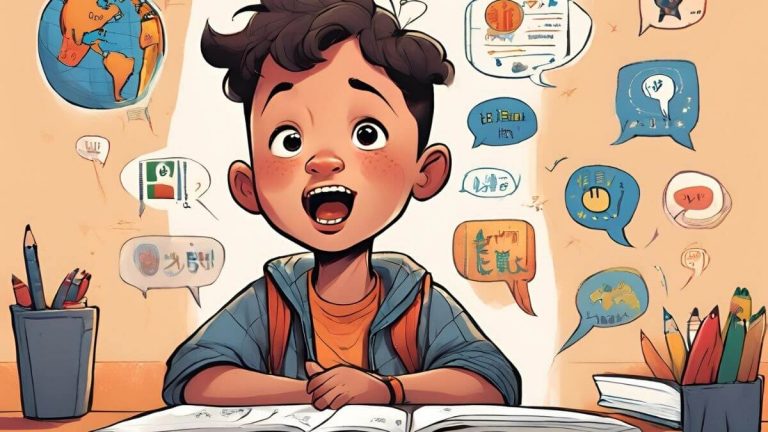Advantages and Disadvantages of Dual Language Programs


In today’s globalized world, the ability to speak multiple languages is a valuable asset. Dual language programs offer a unique approach to education, immersing students in two languages throughout their academic journey. But are these programs right for everyone? Let’s explore the advantages and disadvantages of dual language education to help you decide.
Enhanced Language Fluency: Dual language programs provide a natural environment for language acquisition. Students are exposed to a second language through daily instruction and interaction, fostering fluency and comprehension.
Cognitive Development: Studies suggest that bilingualism improves cognitive flexibility and executive function skills. Juggling two languages strengthens the brain’s ability to switch tasks, solve problems, and focus attention.
Cultural Appreciation: Dual language programs often incorporate cultural aspects of the target language. Students gain a deeper understanding of different customs, traditions, and perspectives, fostering cultural awareness and empathy.
Academic Advantages: Research indicates that bilingual students may perform better in standardized tests and develop stronger literacy skills in both languages. The constant mental stimulation can lead to sharper critical thinking abilities.
Future Opportunities: Bilingualism opens doors to a wider range of career paths. From international business to education and translation, fluency in multiple languages is a sought-after skill in today’s job market.
Initial Learning Challenges: Transitioning to a new language can be confusing, especially for younger students. They might experience delays in acquiring vocabulary and grammar skills in both languages.
Limited Program Availability: Dual language programs may not be widely available in all regions. Finding a program that aligns with your child’s needs and learning style might require additional research.
Teacher Qualifications: The success of a dual language program hinges on qualified educators who are proficient in both languages and trained in bilingual teaching methods.
Potential for Academic Lag: There’s a possibility that students might fall behind in other academic subjects during the initial stages of language acquisition. However, research suggests this gap usually closes over time.
Parental Involvement: Parental support is crucial for the success of any educational program, and dual language programs are no exception. Parents might need to dedicate extra time to help their children navigate learning in two languages.
Related Reading: Understanding Code-Switching
There’s no one-size-fits-all answer when it comes to choosing an educational program. Here are some factors to consider:
Your Child’s Age: Dual language programs are often most effective when students start young, typically in kindergarten or first grade.
Learning Style: Some children thrive in immersive environments, while others might benefit from a more traditional approach. Consider your child’s learning preferences.
Family Language Background: Does your family already speak another language at home? Heritage language learners may excel in a dual language program that builds upon their existing skills.
Program Quality: Research the specific program’s curriculum, teacher qualifications, and resources to ensure it aligns with your expectations.
Dual language programs offer a unique and enriching educational experience with the potential to foster language fluency, cognitive development, and cultural appreciation. However, it’s important to weigh the potential drawbacks and ensure the program aligns with your child’s individual needs. By carefully considering all factors, you can make an informed decision about whether a dual language program is the right fit for your child’s educational journey.
Also Read: Influence of Reading to Children
References: